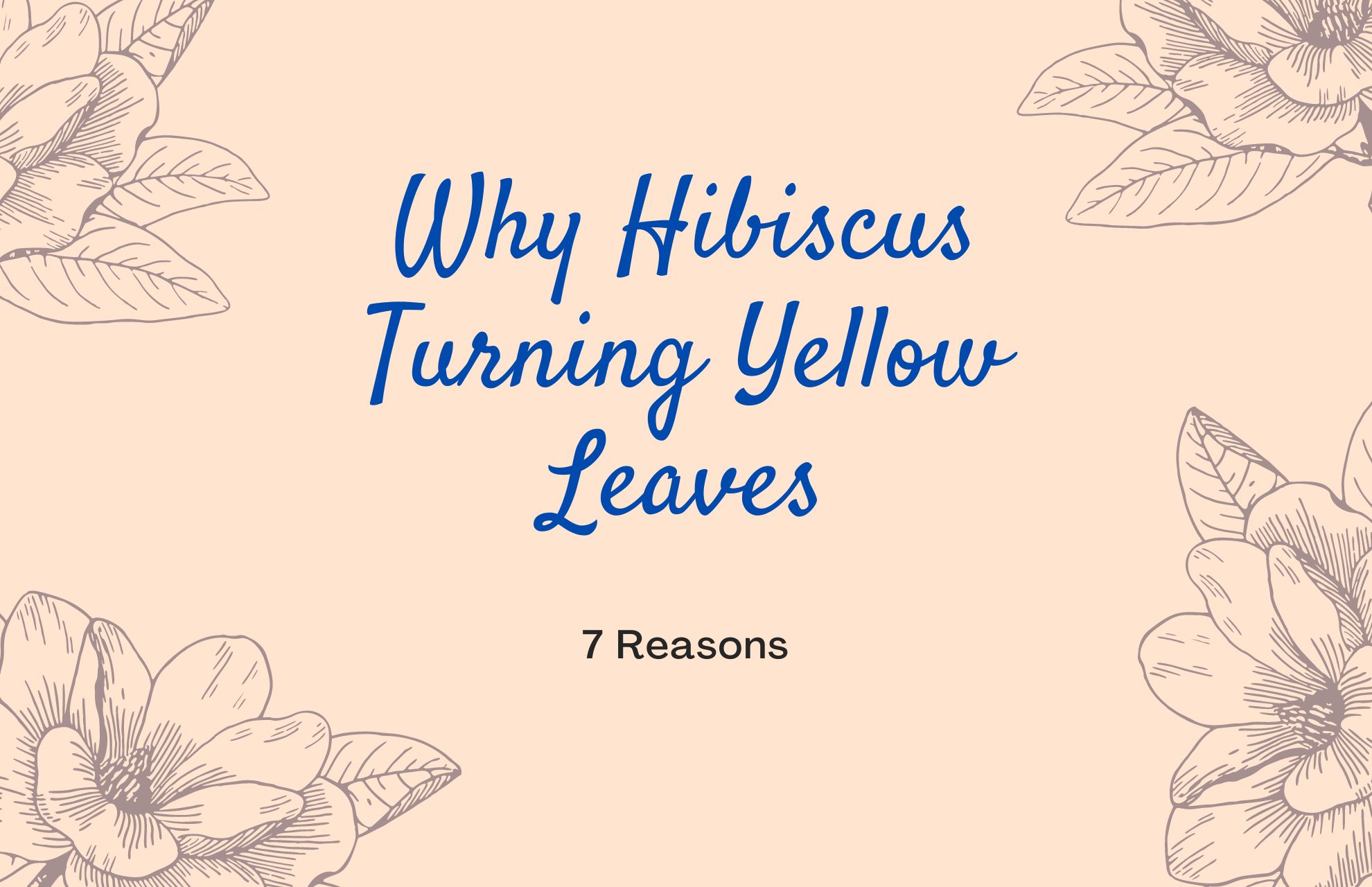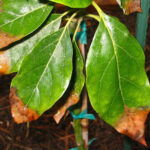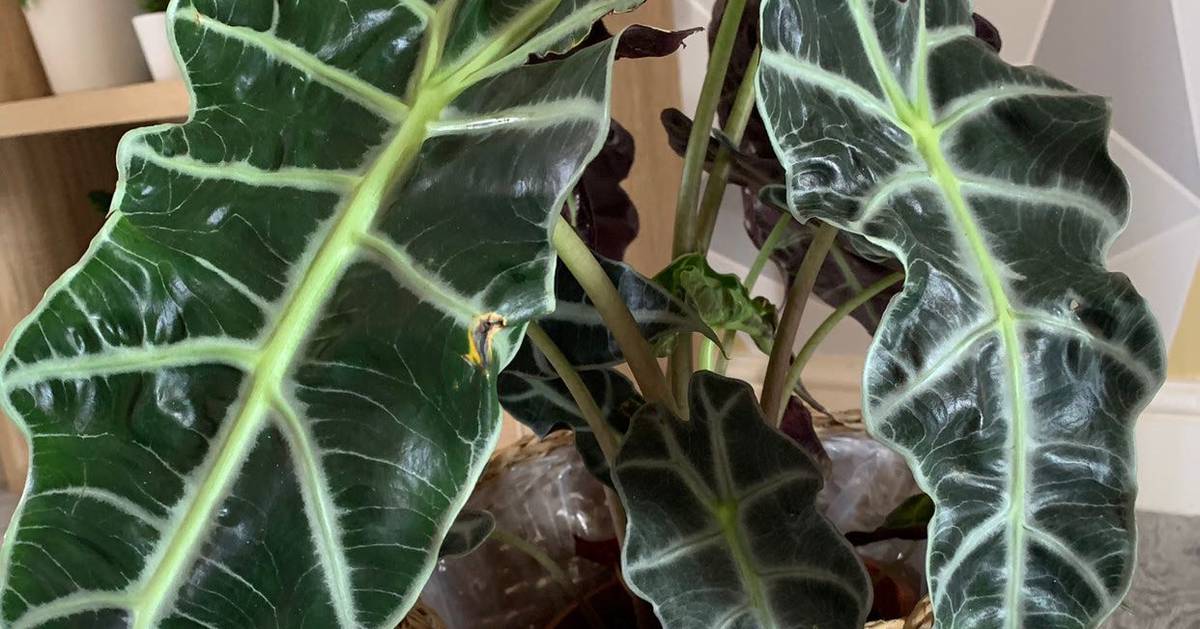Find out why your hibiscus leaves have turned yellow and how to revive them by reading on.
If you’ve had some experience with growing hibiscus, then you likely already know that hibiscus leaves turning yellow is a common sight.
When hibiscus plants are under stress from drought, excessive watering, nutrient deficiencies, or an excess of phosphorous in the soil, the leaves turn yellow. In response to a sudden drop in temperature, the leaves of tropical hibiscus varieties turn yellow.
Let’s talk about the top eight causes of yellowing hibiscus leaves.
Reasons for Hibiscus Leaves Turning Yellow
Although they are lovely, hibiscus flowers are easily damaged. Usually, the stress levels of the plant are to blame when the leaves begin to turn yellow. Some of the causes for yellowing leaves include:
- Drought stress
- Overwatering or poor pot drainage
- Nutrient deficiency
- Phosphorus accumulation
- Imbalanced soil pH
- Temperature shock
- Low light
- Pest infestation and disease
Many different factors can contribute to the yellowing of leaves. We will discuss how to revive your plant before going into more detail about these causes.
You Might Also Like:
- Why Do Basil Leaves Turn Yellow: Solutions
- Why Bamboo Leaves Are Turning Yellow And How To Revive?
- Why Are My Avocado Leaves Turning Brown?
- Why my Aloe Plant is Turning Brown?
- 10 Reasons Why Your Pothos Leaves Turning Yellow
- Orchid Leaves Turning Yellow: 12 Reasons
Drought Stress
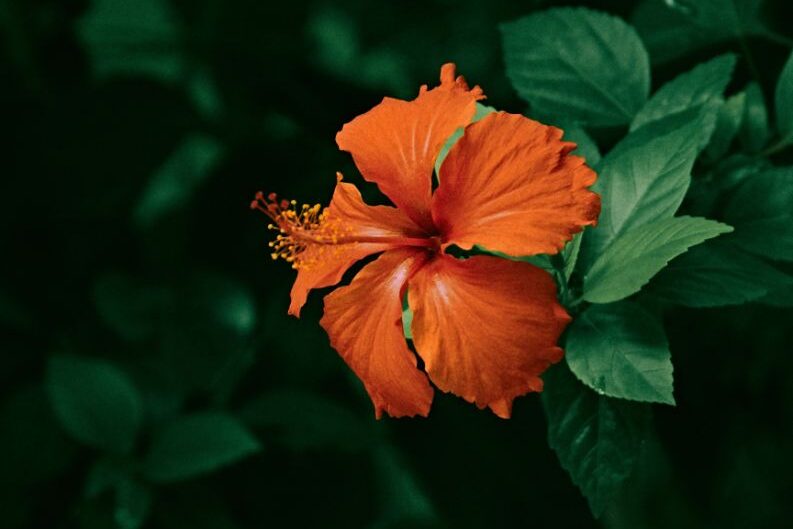
Yellow leaves on your hibiscus can be a reaction to both stresses from too much moisture around the roots or drought stress because of dry soil. Whereas yellow hibiscus leaves caused by over-watering tend to droop rather than have a shriveled appearance.
Drought stress is not necessarily always caused by underwatering but can also be caused by:
- Excess wind. Since hibiscus is native to tropical climates and prefers some humidity over the excessive wind, which dries out the leaves and causes them to turn yellow and shrivel, hibiscus that is planted in overly windy areas may be more susceptible to drought stress.
- Soils drain too quickly. In order to grow, hibiscus plants need soils that hold moisture but also allow excess water to drain away from the roots. Your hibiscus may experience a moisture deficit and yellowing leaves as a sign of stress if the soil it is planted in is sandy or stony because it can drain too quickly for the roots to draw up moisture.
- Under watering. Established hibiscuses that are grown in soil that retains moisture and has a high organic content (compost) don’t frequently need to be watered. As a result, depending on how quickly your soil dries out, hibiscus plants frequently need more water. This is because the soil needs to be kept consistently moist to prevent the leaves from turning yellow.
How to revive:
To revive your hibiscus suffering from drought stress, the first thing you should do is:
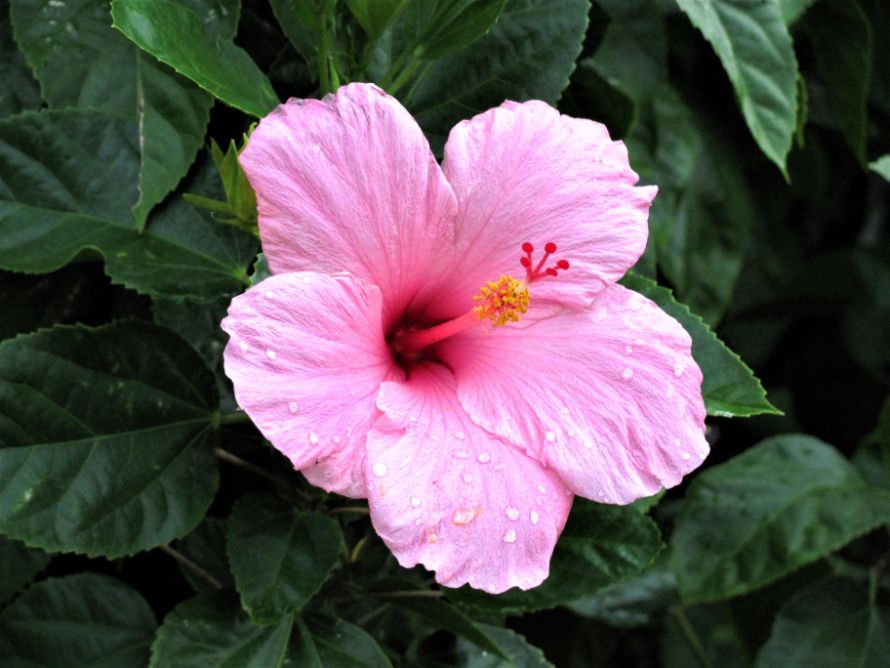
- Give the hibiscus a generous soak. A generous soak once a week is preferable to a little and frequent approach to watering because it ensures that the water will reach the roots at the depth necessary for infiltration. It also encourages the roots to grow and establish which further increases the hibiscus tolerance to drought,
- Shelter the hibiscus from excess winds which sap the leaves of moisture. High winds cause the air’s humidity to decrease, which is in opposition to the hibiscus’ preferred tropical climate for growth. Move your potted hibiscus to an area that is still sunny but is perhaps protected by a garden fence, or think about planting some other shrubs to act as a wind buffer.
- Add a layer of mulch to the surface of the soil for your hibiscus to retain moisture, add nutrients and improve soil structure. The soil around the hibiscus can better hold moisture to reduce the risk of drought by adding a 1-inch layer of compost, leaf mold, or well-rotted manure. If your soil dries out too quickly, you should apply the mulch twice—once in the spring and once in the middle of summer.
- Water the hibiscus as often as required to keep the soil moist. Hibiscus grows best in soil that drains well and stays consistently moist; when the soil dries out, it turns yellow. Generally speaking, watering your hibiscus once a week with a good soak is sufficient to prevent drought stress and yellow leaves. However, you should increase the frequency of your watering based on your climate, as hot and dry climates necessitate more frequent watering to keep the hibiscus looking green.
- Use a spray bottle to mist the leaves to increase humidity and stop further water loss.
The hibiscus should recover from drought stress with regular watering, protection from winds, and mulch applications. The leaves should appear less shriveled or curled over the course of the following week, and the yellow foliage should begin to turn a more vibrant green color.
Overwatering Or Poor Pot Drainage
All plants require soil, water, and sunlight, but hibiscus leaves can turn yellow if they receive these elements in excess. Hibiscus plants can become overwatered, whether they are tropical or hardy.

Think about your watering schedule at the moment! Perhaps you need to improve the soil’s conditions, have inadequate pot drainage, or water your plants too frequently. Any of these elements may eventually result in root rot, which is harmful to the health of your hibiscus.
Watering Hibiscus Too Often
Hibiscus can become flooded in the soil if you overwater them. These plants require an even distribution of moisture throughout the soil.
The soil around the roots of hibiscus plants may become overly wet if they receive daily watering. Your hibiscus’ health may suffer as a result of this problem, which can prevent oxygen from reaching the soil.
Poor Pot Drainage and Root Rot
Without drainage holes, water can pool around the roots of plants in pots and other containers, which can result in soggy soil and eventually root rot. For the same reasons, if your plant pots do have drainage holes, resist the urge to let water pool in a saucer.
Additionally, slow-draining soils may keep water around the roots for an extended period of time, which prevents root respiration.
How to revive:
You might be able to revive the plant if you can do so before the roots start to grow slimy. But it’s best to just focus on lowering the likelihood of root rot. It gets harder to be able to save your hibiscus once root rot has set in.
Instead of watering your plants every day, make it a habit to check the soil’s moisture levels with your finger or a soil moisture meter.
In a pot with drainage holes, plant your hibiscus. If you keep it in a saucer, make sure the drainage holes are completely dry before putting the saucer back in place.
To encourage drainage and achieve the ideal moisture levels, use soil that contains both gravel or grit and organic matter. As an alternative, plant in multipurpose compost rather than soil because it will provide more nutrients and can also aid in drainage.
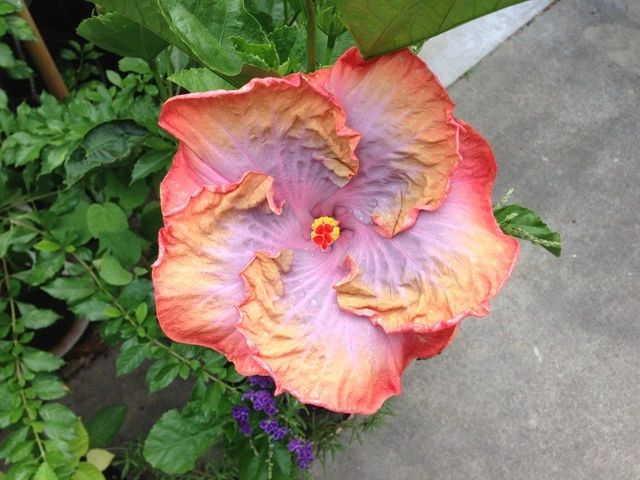
An alternative would be to add gravel to the pot’s bottom and combine the soil with sand.
Nutrient Deficient Soil
When there are insufficient nutrients in the soil, hibiscus leaves can turn yellow.
Sandy or stony soils typically do not retain many nutrients, and soil that has not been mulched with any organic material can also be deficient in fertility.
Hibiscus thrive in soil that is amended with organic matter (such as compost, leaf mold, and well-rotted manure) as this provides the ideal conditions in terms of nutrients, soil structure, and moisture retaining character.
How to revive:
If your hibiscus has poor growth, yellow leaves and no flowers then follow the steps:
- Apply a 1-inch layer around the soil surrounding your hibiscus twice a year The best seasons to use compost, leaf mold, and well-rotted manure are spring and summer. This improves the soil’s nutrient content and stimulates the soil ecosystem, both of which aid in increasing the availability of nutrients to your hibiscus’ roots.
- Apply a half-strength all-purpose liquid fertilizer to the hibiscus once a month To make-up for the soil’s lack of nutrients, spring and summer.
It is important to get the balance of nutrients right when it comes to fertilizing hibiscus as too much fertilizer can stimulate foliage growth at the expense of flowers and too much phosphorous can also be a cause of leaves turning yellow which emphasizes the importance of an evenly balanced fertilizer with equal parts NPK stands for nitrogen, phosphorus, and potassium.
Use granular fertilizer from any reliable brand, such as miracle-gro, which is widely sold at garden centers and on Amazon.
Phosphorus Accumulation in Soil
For the formation of roots, the storage of energy, and the production of seeds, phosphorus is a crucial nutrient. Comparatively speaking to many other types of flowering plants, hibiscus plants require a lot less phosphorus. But because it does not dissolve quickly and stays in the soil for a long time, this nutrient can build up.
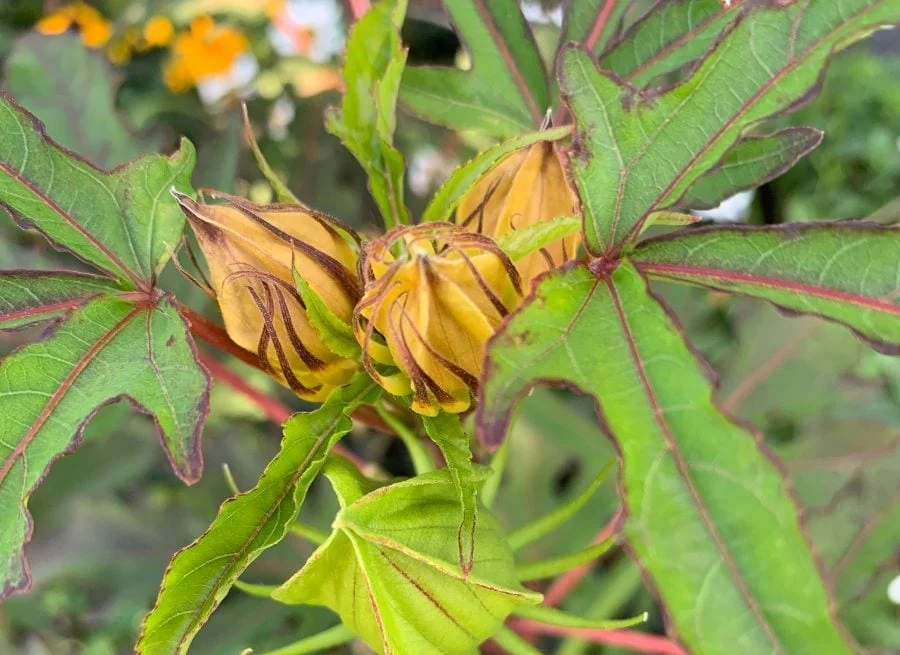
If your soil is alkaline or contains too much phosphorus, minor elements like iron and zinc may become less accessible. The process of bringing phosphorus levels back to normal can take up to a year.
As was previously mentioned, iron and zinc deficiency can result in the hibiscus plant’s leaves turning yellow, getting smaller, and occasionally twisting. Hibiscus plants may appear to droop from phosphorus buildup, which also prevents the flowers from blooming.
The most common cause of phosphorus buildup is over fertilizer that is high in phosphorus.
How to revive:
Start by examining your fertilizer’s NPK ratio. Consider using a different fertilizer if the levels of phosphorus are more in line with those of nitrogen and potassium. Look for feeds that contain pine bark or blood meal, as these have low phosphorus levels.
Additionally, manure frequently has high levels of phosphorus. Mulching is a good alternative when using organic material. To “flush out the accumulation of salts,” reduce the fertilizing frequency and increase the watering frequency.
To determine how nutrients are broken down and to identify any deficiencies, use a soil test kit. You might want to use a sprayer to add these minerals directly to the soil because phosphorus frequently depletes the soil of iron and zinc.
Soil PH Too High Or Too Low
The pH of the soil determines whether it is acidic or alkaline. Plants that grow hibiscus do best in neutral to slightly acidic soil. The ideal pH range for hibiscus plants’ soil is between 6 and 7. This pH level is necessary for hibiscus plants, whether they are tropical or hardy.
Your soil will be basic to alkaline if the pH is too high. Acidic soil is indicated by low pH levels. Hibiscus leaves may turn yellow if the pH is out of balance because plants will find it difficult to absorb nutrients from the soil.
How to revive:
You can determine whether you need to add more bases or acids to the soil in order to achieve the ideal pH levels after conducting a pH test.
- pH Too Low: add more alkaline materials, such as organic agricultural limestone
- pH Too High: add acidic materials, such as agricultural sulfur or composted sawdust and woodchips
It takes time to correct nutrient deficiencies in the soil, so persistence is necessary. Up until you achieve a pH of 6-7, keep adding soil amendments and testing your soil weekly.
Temperature Shock
Heat and direct sunlight are preferred by tropical hibiscus. In USDA hardiness zones 10 to 12, it does well but cannot tolerate zones lower than 9.
Even though they require a consistently warm climate to flourish, these plants are green all year and frequently endure at least five growing seasons. To maintain warm temperatures and high humidity in winter climates, think about bringing your tropical hibiscus indoors.
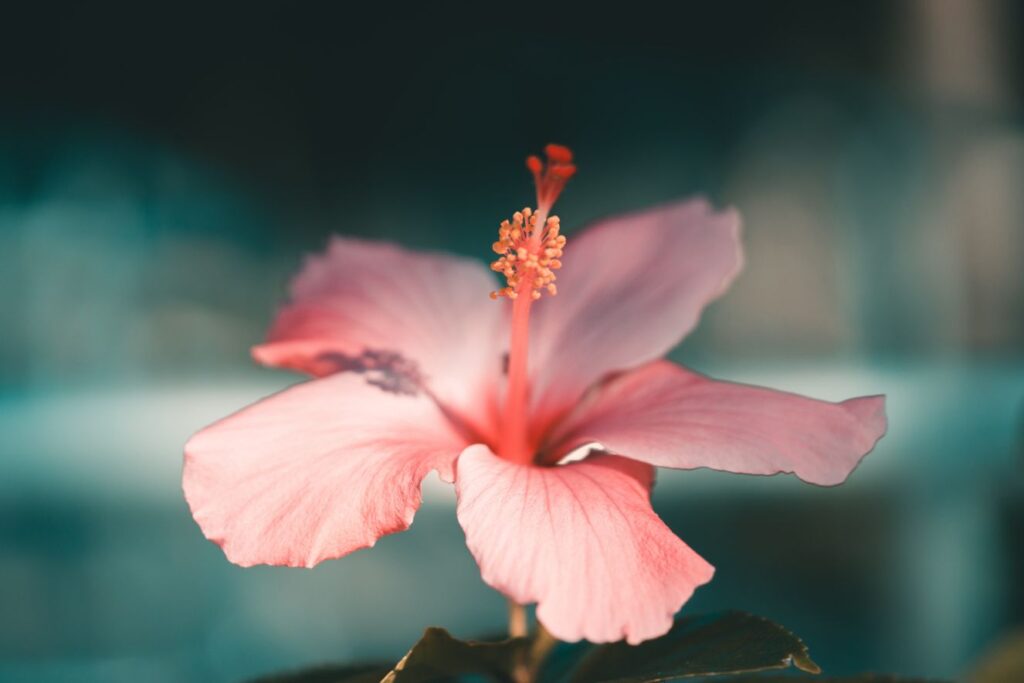
Hibiscus plants that are hardy can withstand both full sun and partial shade. For some varieties, spring growth requires winter temperatures below freezing. Zones 4 to 8 are ideal for these hibiscus flowers.
Hibiscus plants can suffer from temperature shock when grown outside of these climate zones, which can stunt growth, lessen or prevent blooming, and even cause the plant to die.
Insect Pests
Hibiscus are more resistant to disease and pests the healthier they are. if the lack of light, poor soil conditions, etc. is stressing out your hibiscus. then it is more vulnerable to insect infestation.
Although a number of insects have the potential to harm hibiscus, the spider mite is the most likely to cause yellowing of the leaves.
Your hibiscus will develop tiny yellow spots the size of pins from spider mites, which could result in the leaves falling off and fewer flowers blooming. However, infestations with spider mites are typically treatable and rarely fatal.
Spraying your hibiscus leaves with mist can be a good deterrent since spider mites are more prevalent in low-humidity areas.
The use of an insecticide spray made from neem oil is a successful remedy for more severe infestations and is non-toxic to other wildlife. The spider mite issue might require two or three treatments. The hibiscus should recover even though the affected yellow leaves frequently fall off.
Amazon and garden centers both sell insecticide sprays.
Conclusion: Take Care of Your Hibiscus
Popular ornamental hibiscus plants can bring a touch of the tropics to your home or landscape. Although they aren’t challenging to grow or take care of, you’ll succeed if you can spot them when your hibiscus is in trouble.
You can avoid diseases and maintain your plant’s best appearance by taking good care of it. You cannot put chlorophyll back into a leaf, but you can make sure that new growth is strong and produces big, green leaves.

